Cordyline or cabbage palm is a striking architectural plant with an exotic look, evoking a palm with its narrow, lanceolate leaves in a rosette. Very decorative, this foliage is often enhanced by different colours, attractively variegated. An exotic plant, Cordyline originates from New Zealand and the Pacific or from Southeast Asia. It tolerates light, brief frosts of around -5 to -8° C. To multiply it, the usual method is to use suckers, the simplest method, but it is also possible to sow or to propagate by cuttings. Here are our technical explanations for multiplying Cordyline.
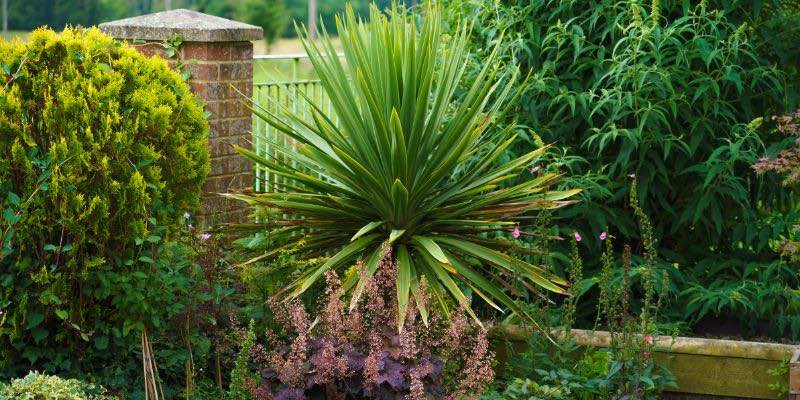
Sowing Cordyline
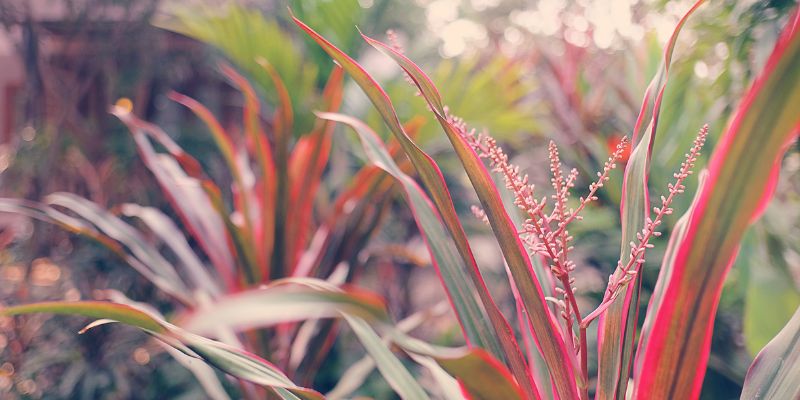
Sow in February–March. It is important to note that Cordyline is a slow-growing plant and it may take several months before you see results.
- Harvest seeds from your Cordyline. Cordyline produces small red, black or orange berries that contain seeds. Wait until berries are ripe before picking. You can also buy Cordyline seeds from specialist garden shops.
- Prepare a well-draining potting compost and fill small pots with this mix. Use a mix of potting compost and sand to create a free-draining substrate. Water lightly.
- Sow seeds by pressing them lightly into the compost to about 5 mm depth. Add a fine layer of sand on top.
- Place pots in a warm, bright spot. Optimal germination temperature is around 25° C. Avoid temperatures below 20° C.
- Water regularly to keep compost slightly moist. Cordyline needs moist compost to germinate. Avoid overwatering which causes seed rot.
- Seeds should germinate within a few weeks.
- Pot on young plants: once plants reach 5–7 cm height, transplant into larger pots.
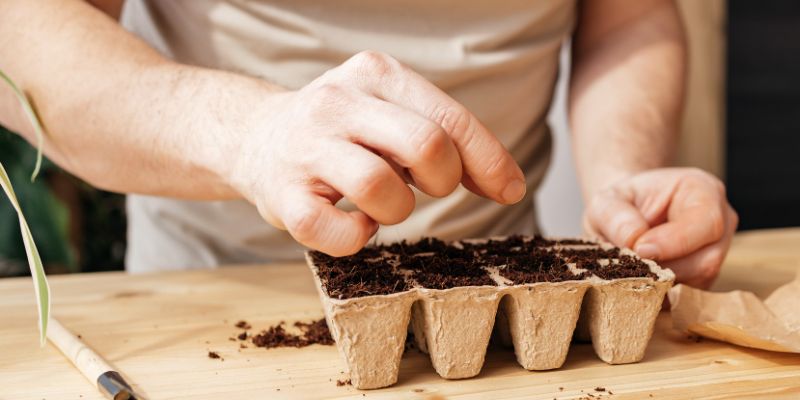
Required equipment
- Pots
- Potting compost
- Sand
- Watering can
Multiplying Cordyline by suckers
Multiplication by suckers is one of the easiest and fastest methods to multiply a cabbage tree. Suckers are lateral shoots that develop at the base of the parent plant and can be removed and replanted to create new plants. Proceed in March.
Follow these steps to multiply a Cordyline by suckers:
- Disinfect a knife or pruning shears with 70% or 90% alcohol to prevent disease spread.
- Locate suckers: suckers appear at the base of the parent plant. When they measure a few centimetres up to a maximum height of 10 cm, they are ready to be removed.
- Cut suckers: use clean, sharp pruning shears to cut suckers at their base. Make the cut as close to the parent plant as possible to avoid leaving a large scar.
- Plant suckers: plant each sucker in a pot filled with well-draining potting compost and sand.
- Place pot in a bright, warm spot at a constant temperature of 20 °C, but out of direct sunlight.
- Water lightly and regularly to maintain moisture. Proceed moderately to avoid root rot.
- Keep compost moist until sucker has rooted (this can take several weeks).
- After about 4 to 6 weeks, when shoots reach about 6 centimetres, repot into 10–15 cm diameter pots.
- Feed during growth with a liquid fertiliser.
- Plant out when plants are robust enough.
Required equipment
- Sharp, disinfected knife
- Pots
- Potting compost
- Sand
- Watering can
- Fertiliser: liquid fertiliser
Propagate Cordyline by cuttings
Propagation by cuttings is a multiplication method that consists of taking part of the plant to create a new one. Cordyline can be propagated by stem cutting in spring or by trunk cutting in July–August for a semi-woody cutting.
Follow these steps to take cuttings from a Cordyline:
- Disinfect a knife or pruning shears with 70% or 90% alcohol to prevent disease spread.
- Prepare pots filled with a mix of potting compost and sand. Water them.
- Make a hole in the substrate using, for example, a pencil.
- Take a healthy, vigorous stem or trunk section from the parent plant. The stem should be about 10–15 cm long.
- Cut the stem on the bias just below a node.
- Remove leaves from the lower part of the stem. This reduces water loss (by evaporation through stomata on the leaves) and prevents cuttings from drying out.
- Optionally dip the cut end in a plant hormone rooting powder to encourage root formation.
- Plant stems in prepared pots. Firm down well.
- Place pot in a bright spot but sheltered from direct sunlight.
- Water the new plant regularly but moderately to avoid root rot.
- Keep compost slightly moist until cutting has rooted (this can take several weeks).
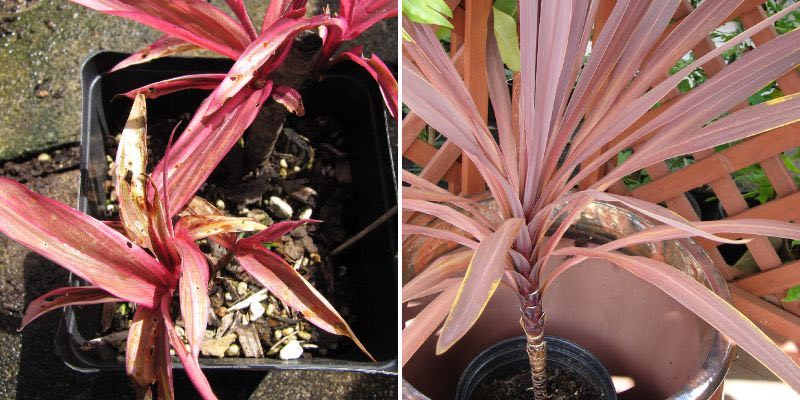
Required equipment
- Sharp, disinfected knife
- Pots
- Potting compost
- Sand
- Watering can
Further reading
- Our range of Cordylines
- Our article: "Cordyline: plant, grow, maintain"































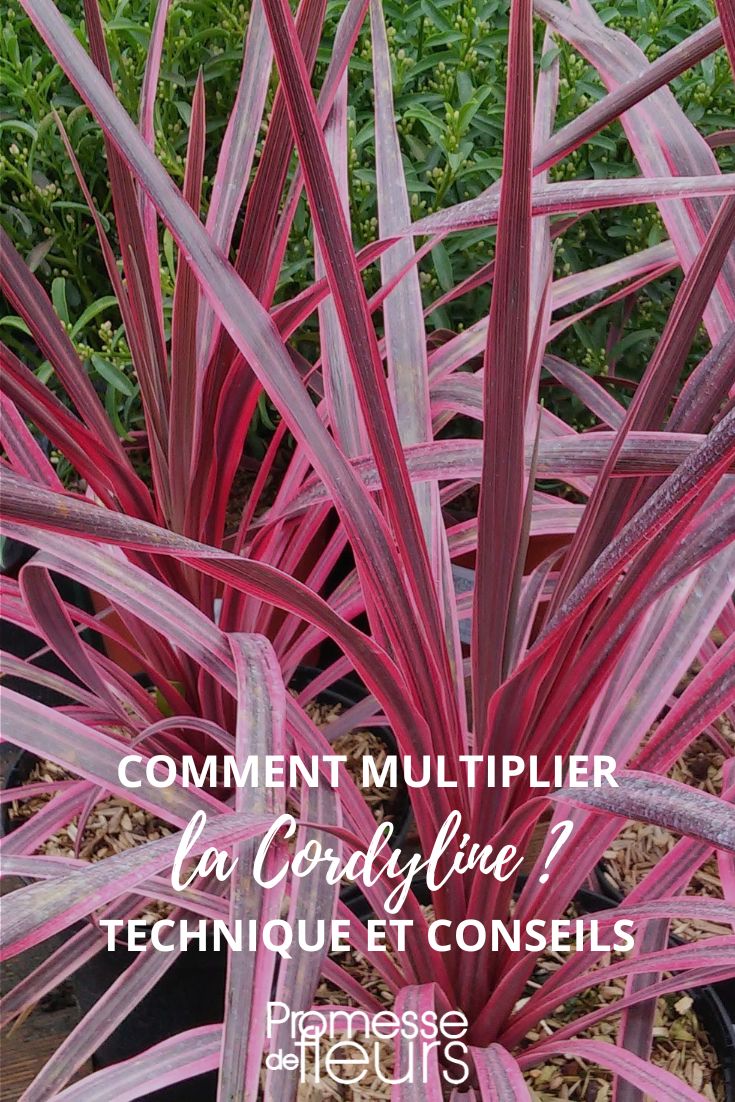
Comments